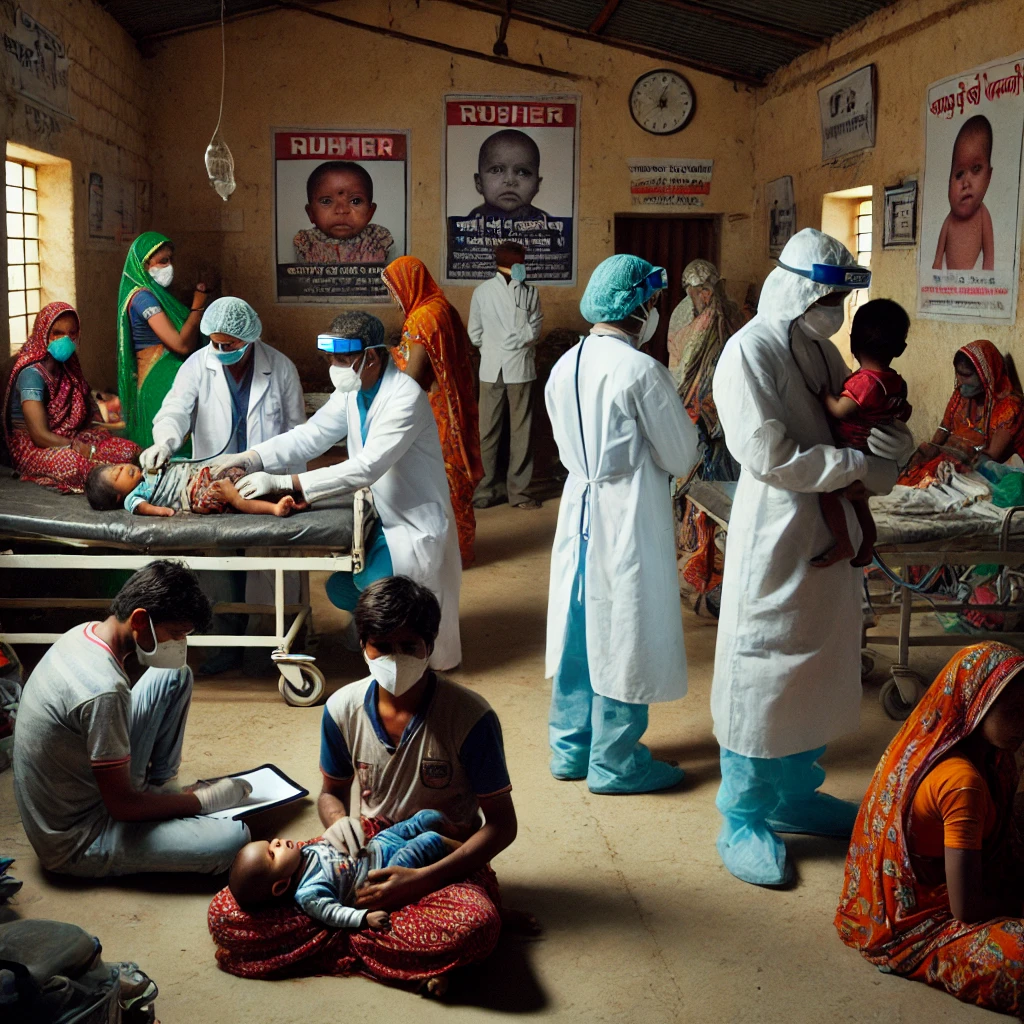Overview
In Gujarat, a recent outbreak of the suspected Chandipura virus has tragically claimed the lives of six additional children since July 10, bringing the total number of fatalities to 12. State Health Minister Rushikesh Patel has officially confirmed that samples collected from all affected individuals have been dispatched to Pune’s National Institute of Virology for thorough examination and confirmation.
Symptoms and Transmission
The Chandipura virus typically manifests with symptoms resembling those of influenza, accompanied by high fever. In severe cases, it can progress to acute encephalitis, which involves brain inflammation. This pathogen spreads primarily through various vectors such as mosquitoes, ticks, and sandflies.

Impact and Affected Regions
Among the deceased, four children hailed from Sabarkantha district, while three were from Aravalli. Additional cases were reported from Mahisagar and Kheda districts within Gujarat, with two cases originating from Rajasthan and one from Madhya Pradesh. All affected individuals received medical treatment within Gujarat.
Response and Preventive Measures
Health authorities in Gujarat are actively monitoring the situation and implementing necessary preventive measures. The outbreak underscores the critical need for vigilant public health interventions to contain the spread of infectious diseases and protect vulnerable populations. Authorities continue to emphasize the importance of community awareness and early detection to mitigate further transmission of the Chandipura virus.
Conclusion
This outbreak highlights the importance of robust public health systems and the need for rapid response mechanisms to address emerging infectious threats. Continuous efforts in public health education, vector control, and medical preparedness are essential to safeguard communities from such outbreaks in the future.







